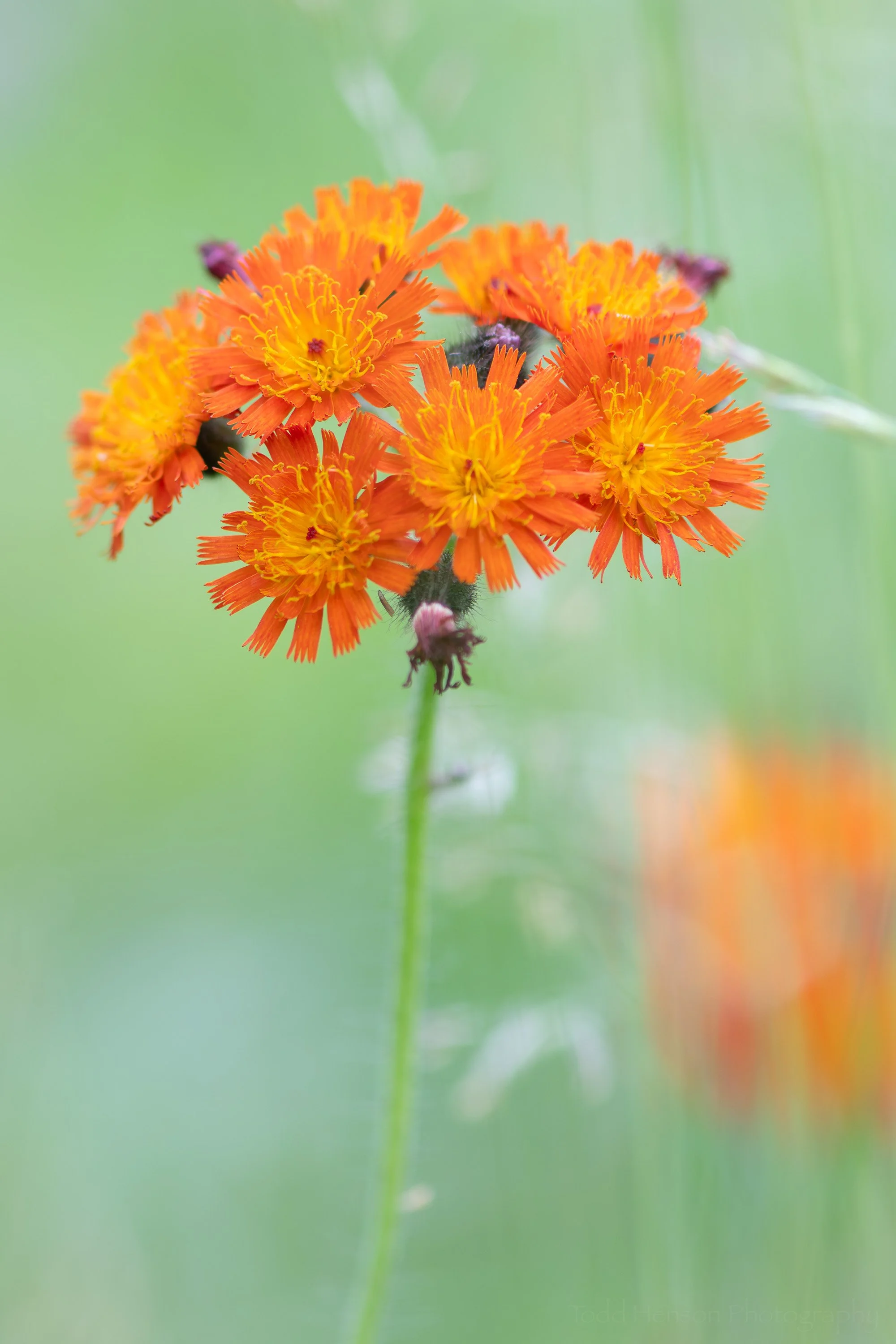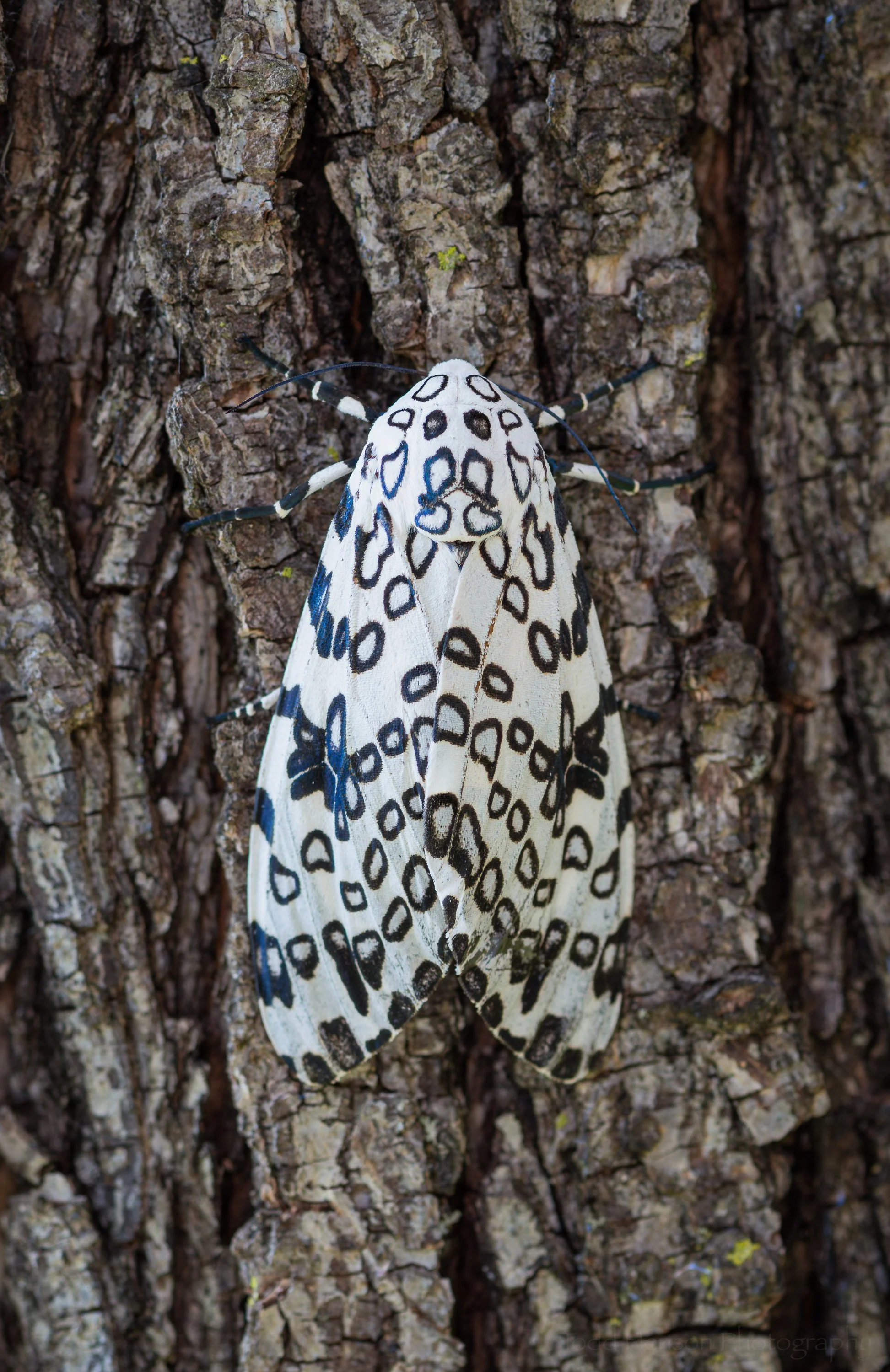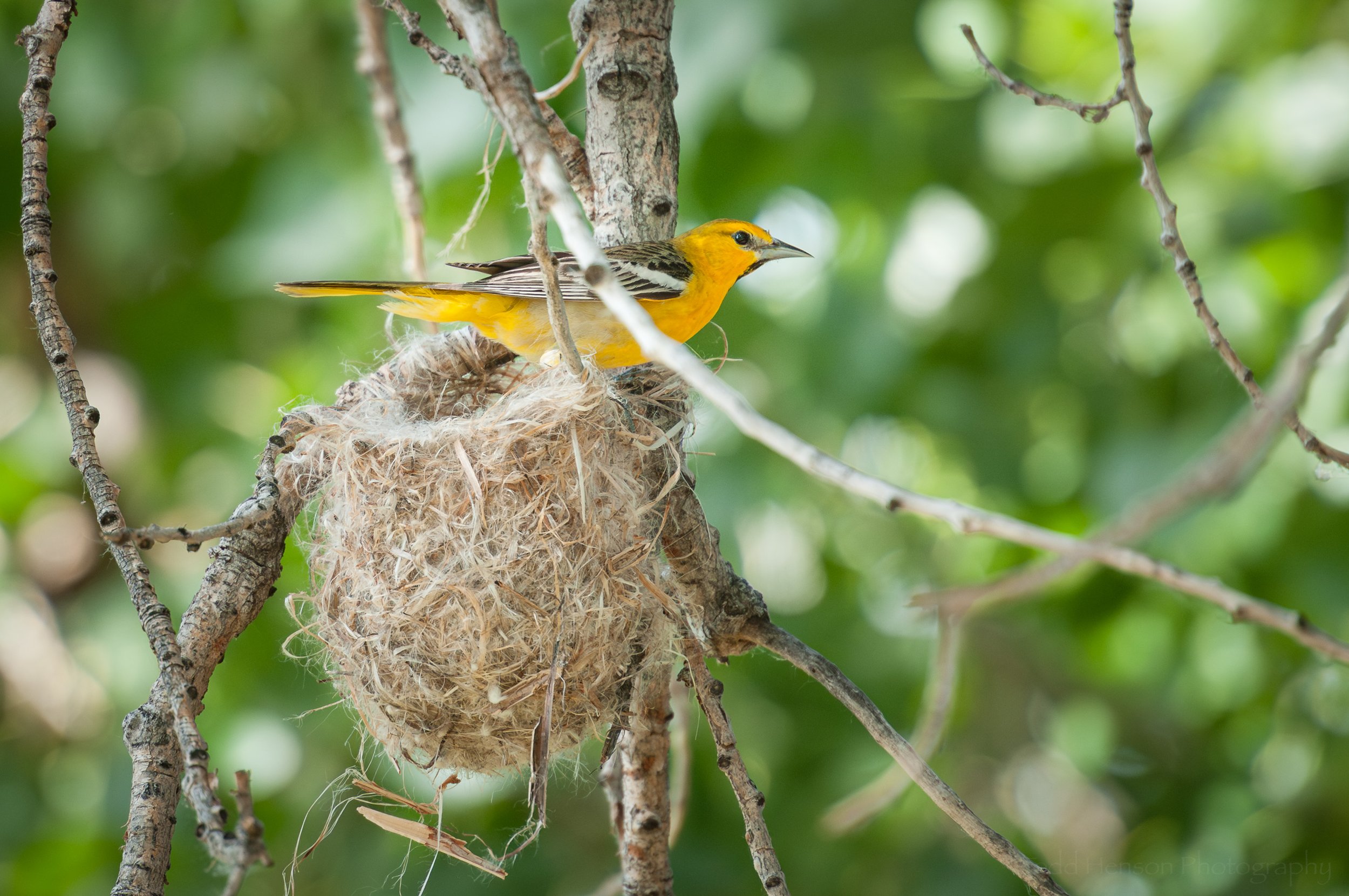Four tundra swans far from the tundra
I mentioned in a previous post how my father and I stumbled across tundra swans late last year while hiking in Mason Neck National Wildlife Refuge. We only really took notice of them because of the very loud sounds they were making, sounds that we weren’t used to hearing in the area. We learned the birds making them were tundra swans and that they regularly overwinter in the area. That lit a fire in me to photograph them and after several failed starts we managed to find them again on January 7th, and this time I had a long lens with me. They were still at a bit of a distance, so you won’t find any great closeups in this collection of photos. But I was pleased with the variety I was able to create and of the different behaviors we observed. Of course, I’d love to get better views of them and my father and I have been looking around other locations where we’ve heard folks have seen them or where we think they might be seen, but time will tell whether we get any better opportunities.
Flight of the tundra swans
There are two sub-species of tundra swans: Bewick’s swans and whistling swans. Those seen here are of the whistling swan variety. One indication of this is the area where we saw them, with Bewick’s swans generally found in Eurasia and whistling swans in North America. Another indication is the very small amount of yellow on the base of their bills near their eyes, almost invisible in many of these photos because of their distance from us. Bewick’s swans would typically have more yellow.
Goodby, tundra swans
These tundra swans seemed to cluster in smaller, more tight knit groups, perhaps families, sometimes two or three swans, sometimes five or six. In some cases we observed younger swans in the groups which have light grey plumage, especially around their head, instead of the bright white of the adults. Another interesting observation is how some of them have a reddish tint to the feathers of their head nearest their beaks. This is apparently indicative of a large amount of iron ions in the water. I don’t know if that’s the case in the waters where we viewed them or if it was the case with the waters where they migrated from, further north.
Tundra swans swimming upstream. Notice the two adolescents with grey plumage near their head.
Sometimes these tight knit groups would join others and create larger groupings of swans. In one case we watched as a new group flew into the area and landed near a second group. The two groups came together and when they did there was a huge commotion of loud vocalizations, flapping wings and water splashing everywhere. It was as if these were great friends who hadn’t seen each other in ages and were getting reacquainted.
Looking for a place to land
The get together
But, of course, there’s always one of those in every crowd, someone who just doesn’t get along, who has to show off their dominance. Thankfully, we were around to see this and watched as one tundra swan stretched out its neck and chased after another. Granted, it didn’t drive it far away, and eventually they all gathered together again, but not until both understood their place in the tundra swan hierarchy. And notice the two small ducks in the lower left trying to mind their own business.
There’s always one in every crowd
My favorite photographs were some I created earliest in the morning when a group of three tundra swans slowly swam upstream towards the rising sun. I was able to photograph them in silhouette, both as they passed a group of three ducks, and with just the swans. I love how sometimes a single swan will bend its neck just slightly. Very elegant. Look closely and you can see many ducks at a distance out on the Potomac River.
Passersby
A peaceful moment
I hope you’ve enjoyed this look at our morning with tundra swans. Though I’d certainly like to see more and create better photographs of them, I’m also very happy we had this opportunity and that I was able to create these photos and show them to you. Tundra swans are a beautiful and fascinating species.
Do you enjoy these posts?
Sign up to receive periodic emails with updates and thoughts. Don’t worry, I won’t spam you. And please consider purchasing artwork or products from my online store, and using my affiliate links in the sidebar to the right when shopping online.
I appreciate your support!

























